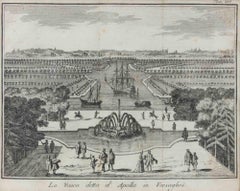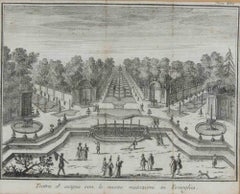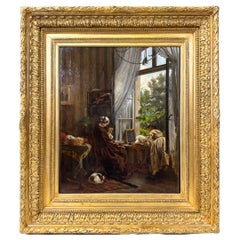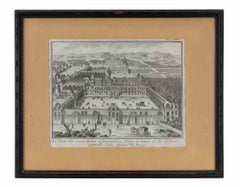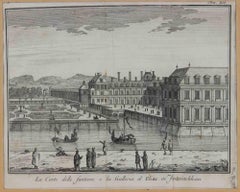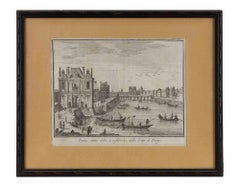Mid-18th Century Art
Modern Mid-18th Century Art
Etching
Modern Mid-18th Century Art
Etching
Realist Mid-18th Century Art
Paper, Watercolor
Contemporary Mid-18th Century Art
Etching
Contemporary Mid-18th Century Art
Etching
Modern Mid-18th Century Art
Etching
Modern Mid-18th Century Art
Etching
Mid-18th Century Art
Etching
Old Masters Mid-18th Century Art
Etching
Old Masters Mid-18th Century Art
Watercolor, Laid Paper, Engraving, Intaglio
Rococo Mid-18th Century Art
Canvas, Oil
Surrealist Mid-18th Century Art
Etching
Mid-18th Century Art
Paper, Printer's Ink
English School Mid-18th Century Art
Watercolor, Handmade Paper, Engraving
Realist Mid-18th Century Art
Etching
Old Masters Mid-18th Century Art
Laid Paper, Engraving, Woodcut
Old Masters Mid-18th Century Art
Engraving
Naturalistic Mid-18th Century Art
Engraving
Rococo Mid-18th Century Art
Engraving, Etching
French School Mid-18th Century Art
Watercolor, Handmade Paper, Engraving
Old Masters Mid-18th Century Art
Oil
Old Masters Mid-18th Century Art
Ink
Naturalistic Mid-18th Century Art
Engraving, Mezzotint
Old Masters Mid-18th Century Art
Watercolor, Laid Paper, Engraving, Intaglio
Old Masters Mid-18th Century Art
Watercolor, Laid Paper, Engraving, Intaglio
Modern Mid-18th Century Art
Etching
Rococo Mid-18th Century Art
Engraving
Rococo Mid-18th Century Art
Engraving, Etching
English School Mid-18th Century Art
Watercolor, Handmade Paper, Laid Paper, Engraving
Old Masters Mid-18th Century Art
Etching
Mid-18th Century Art
Lithograph
Old Masters Mid-18th Century Art
Engraving, Etching
Naturalistic Mid-18th Century Art
Engraving
Naturalistic Mid-18th Century Art
Engraving
Naturalistic Mid-18th Century Art
Engraving, Mezzotint
Modern Mid-18th Century Art
Etching
Naturalistic Mid-18th Century Art
Engraving, Mezzotint
Realist Mid-18th Century Art
Engraving
French School Mid-18th Century Art
Handmade Paper, Engraving, Laid Paper
Modern Mid-18th Century Art
Etching
Rococo Mid-18th Century Art
Engraving
Modern Mid-18th Century Art
Etching
Old Masters Mid-18th Century Art
Etching
Mid-18th Century Art
Engraving
Old Masters Mid-18th Century Art
Etching
Old Masters Mid-18th Century Art
Laid Paper, Etching
Old Masters Mid-18th Century Art
Engraving
Flemish School Mid-18th Century Art
Black and White, Engraving
French School Mid-18th Century Art
Ink, Watercolor, Handmade Paper, Laid Paper
Edo Mid-18th Century Art
Woodcut
Naturalistic Mid-18th Century Art
Engraving, Mezzotint
Modern Mid-18th Century Art
Etching
Old Masters Mid-18th Century Art
Etching
Old Masters Mid-18th Century Art
Mezzotint
Other Art Style Mid-18th Century Art
Engraving
Mid-18th Century Art
Paper
Old Masters Mid-18th Century Art
Etching
Italian School Mid-18th Century Art
Oil, Canvas
Mid-18th Century Art
Engraving
Surrealist Mid-18th Century Art
Etching
